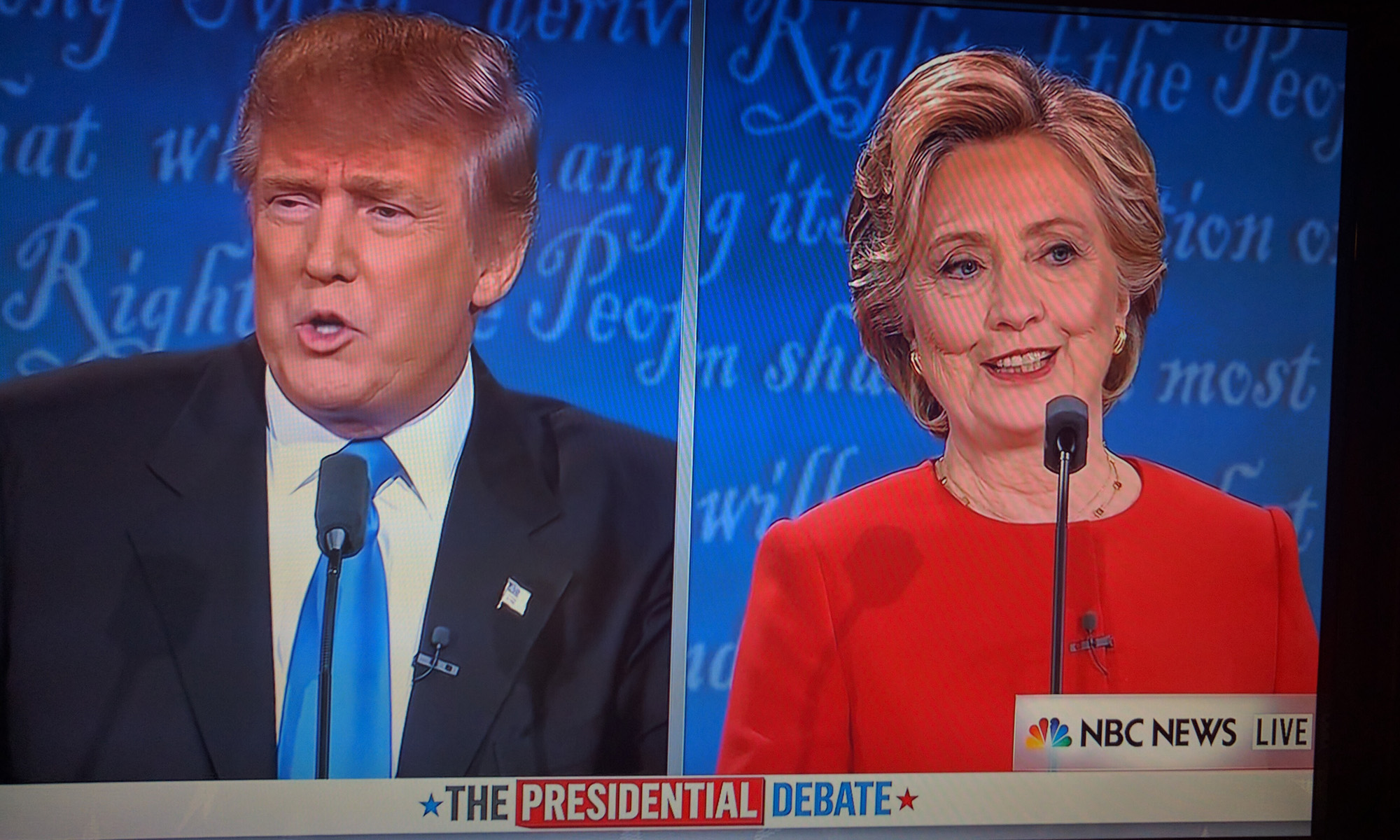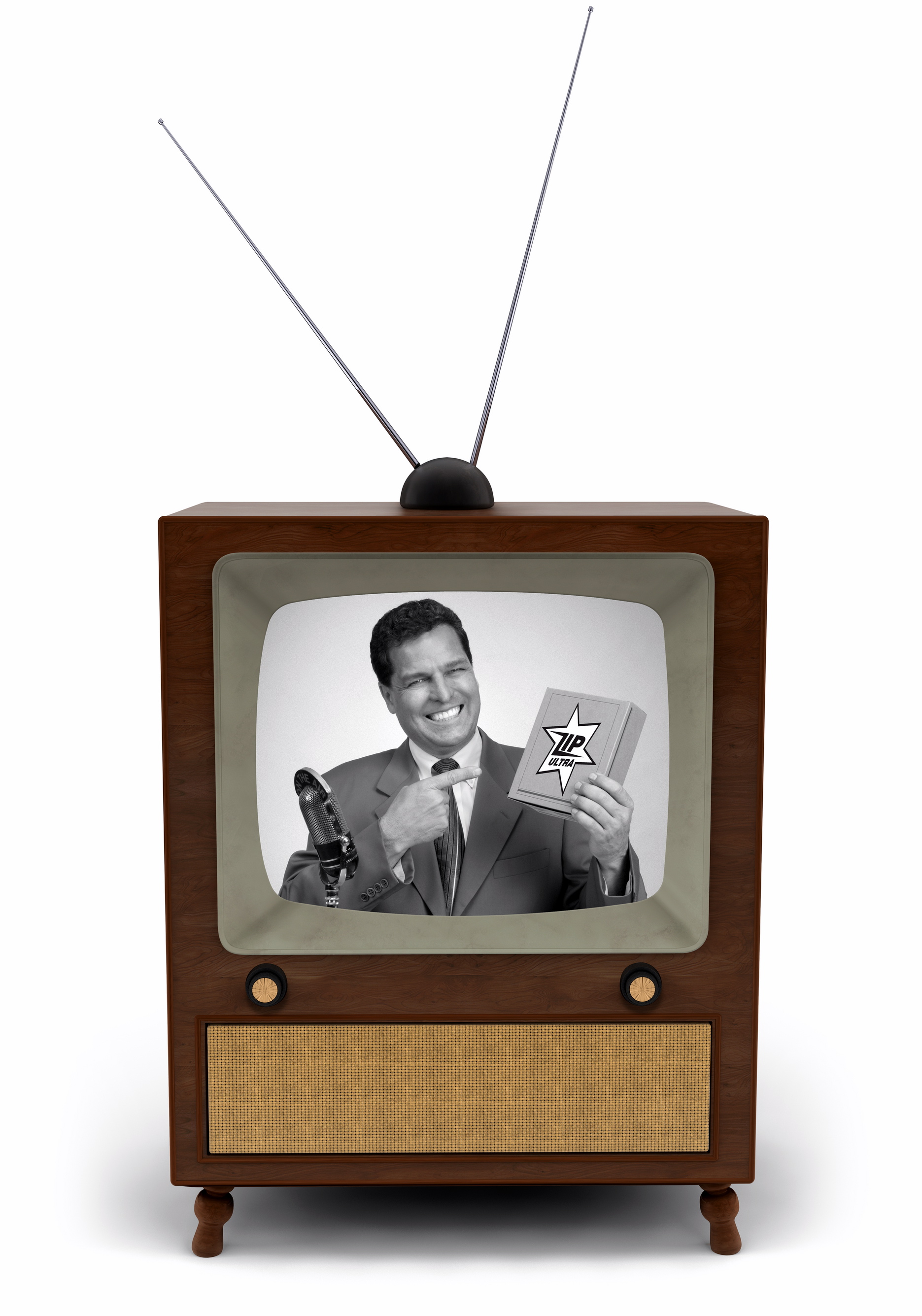If you’ve watched John Oliver’s show Last Week Tonight you know that he has a knack for discussing pithy issues by injecting more than a smidgen of sarcasm and irreverence. His show last week was about Sinclair Broadcast Group, a media company that owns numerous local TV stations and which is poised to grow even larger by buying up the Tribune Media network of stations.
Here’s the show. (CAUTION: language)
You’ve already seen how Clear Channel became the powerhouse of radio consolidation and how that led to cookie-cutter formats and a loss of local control. That is part of what is causing anxiety for those watching the Sinclair deal unfold.
But there is another factor in this equation. Sinclair Broadcast Group is known for holding conservative political positions. In a media world that tends to skew to the liberal side of the political spectrum this is giving some media pundits a severe case of heartburn.
While cable TV news networks have historically leaned to one end or the other of the political spectrum (e.g. Fox News leans right while CNN and MSNBC lean left), local television stations and their news programs historically reflect the political diversity of their local viewers. It is unusual for local TV news to take a clear position on a politically hot-button issue for the obvious reason that they stand to alienate a significant portion of their viewers, which is bad for ratings, which is bad for the bottom line.
The fact that much of John Oliver’s criticism of Sinclair is delivered with a heavy dose of alarmism suggests that Oliver is himself well to the left of not just Sinclair but a significant segment of the American public. Oliver is not alone. He is joined on the left by former comedic journalist Jon Stewart and current late-night comic Stephen Colbert (both alumni of Stewart’s The Daily Show). All three (as well as many other comedians throughout history) have been effective messengers for various progressive political causes.
Media companies and media stars can exert political influence overtly or covertly. But if there’s one thing that comedians have shown time and time again it is that getting us to laugh at the absurdities of the target of our scorn may be the most powerful political weapon of all.

 Super Bowl LI is this afternoon and the hype is living up to expectations. I read earlier today that “experts” are predicting that Americans will eat 1.3 BILLION chicken wings today. (In case you were wondering, “1.3 billion chicken wings is enough for every man, woman and child in the United States to have four wings each”). It just so happens that the “experts” quoted are the National Chicken Council. Here’s their
Super Bowl LI is this afternoon and the hype is living up to expectations. I read earlier today that “experts” are predicting that Americans will eat 1.3 BILLION chicken wings today. (In case you were wondering, “1.3 billion chicken wings is enough for every man, woman and child in the United States to have four wings each”). It just so happens that the “experts” quoted are the National Chicken Council. Here’s their  The first of three presidential debates between candidates Hillary Clinton and Donald Trump was expected to set a new record for audience size as the two “least popular” candidates in decades took the stage tonight. The previous record goes back to 1980 and the Reagan/Carter debate.
The first of three presidential debates between candidates Hillary Clinton and Donald Trump was expected to set a new record for audience size as the two “least popular” candidates in decades took the stage tonight. The previous record goes back to 1980 and the Reagan/Carter debate. The first Oscars ceremony in 1929 was all of 15 minutes long. Last year, it was nearly 4 hours. Part of the reason for the length is the fact that nearly everyone honored with an award gets to make a speech, and in that speech they try to remember and thank the many “little people” who contributed to their success. It’s nice to be generous and to recognize the folks who helped you reach the top…but come on, some of these speeches go on far too long.
The first Oscars ceremony in 1929 was all of 15 minutes long. Last year, it was nearly 4 hours. Part of the reason for the length is the fact that nearly everyone honored with an award gets to make a speech, and in that speech they try to remember and thank the many “little people” who contributed to their success. It’s nice to be generous and to recognize the folks who helped you reach the top…but come on, some of these speeches go on far too long. The 58th Grammy Awards show tomorrow night, Feb 15th, continues the awards show season that started with the Golden Globe Awards show broadcast on January 10th. Next up will be the movie industry’s gala, the 88th Academy Awards show, (aka, the Oscars), scheduled for February 28th. Two smaller awards programs, the iHeartRadio Music Awards show and the 51st Academy of Country Music Awards, will air in April. TV’s big night, the Emmy Awards, will air sometime in the fall season.
The 58th Grammy Awards show tomorrow night, Feb 15th, continues the awards show season that started with the Golden Globe Awards show broadcast on January 10th. Next up will be the movie industry’s gala, the 88th Academy Awards show, (aka, the Oscars), scheduled for February 28th. Two smaller awards programs, the iHeartRadio Music Awards show and the 51st Academy of Country Music Awards, will air in April. TV’s big night, the Emmy Awards, will air sometime in the fall season.